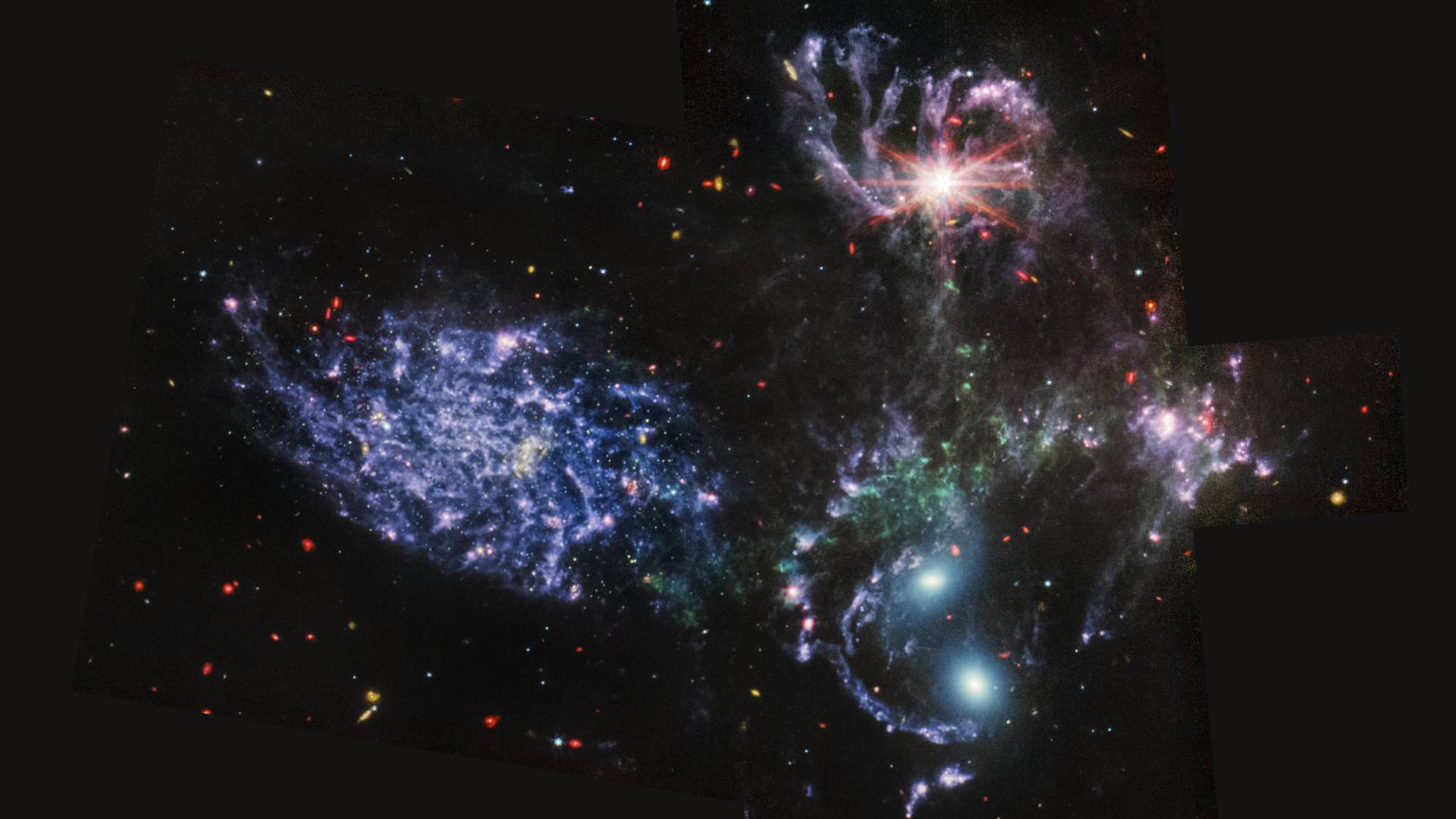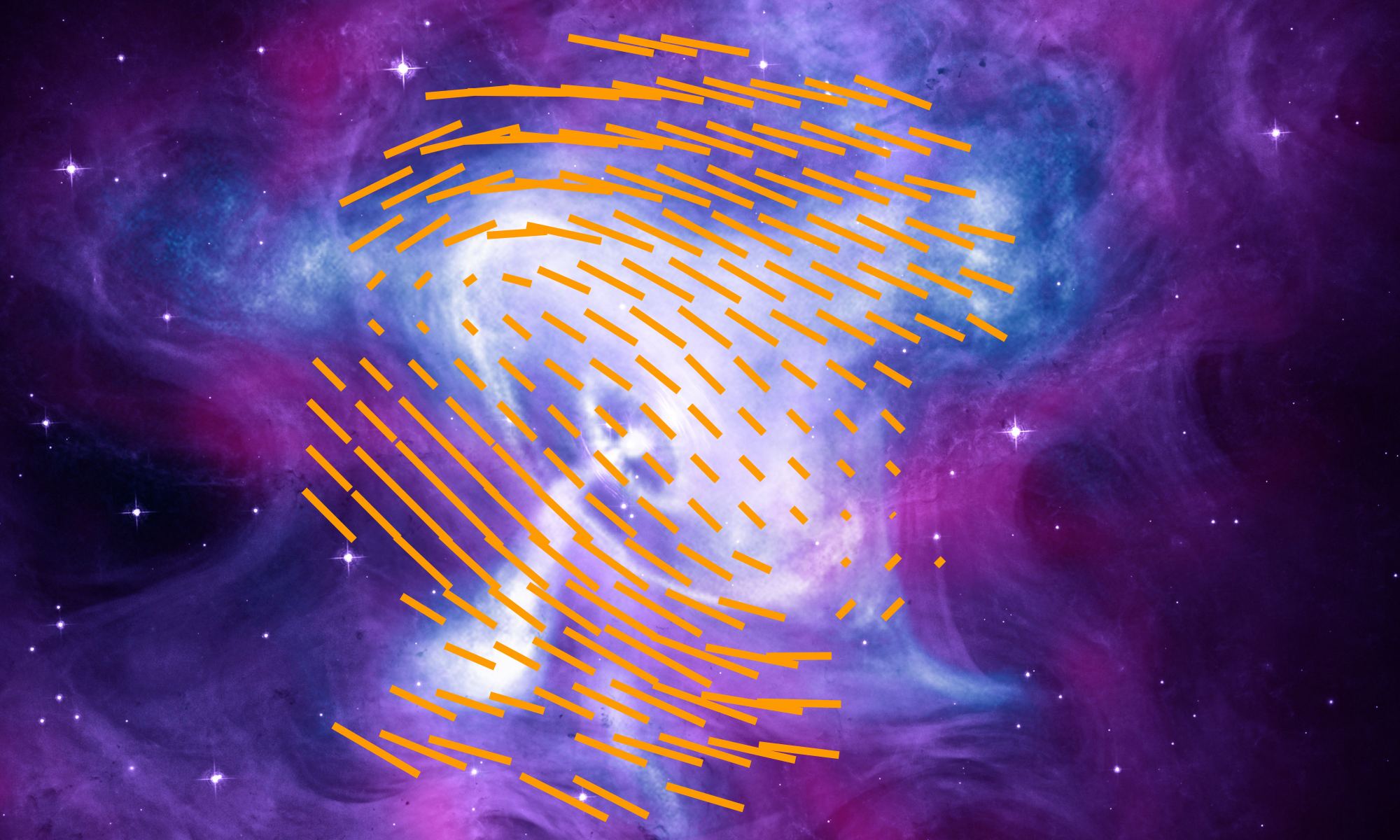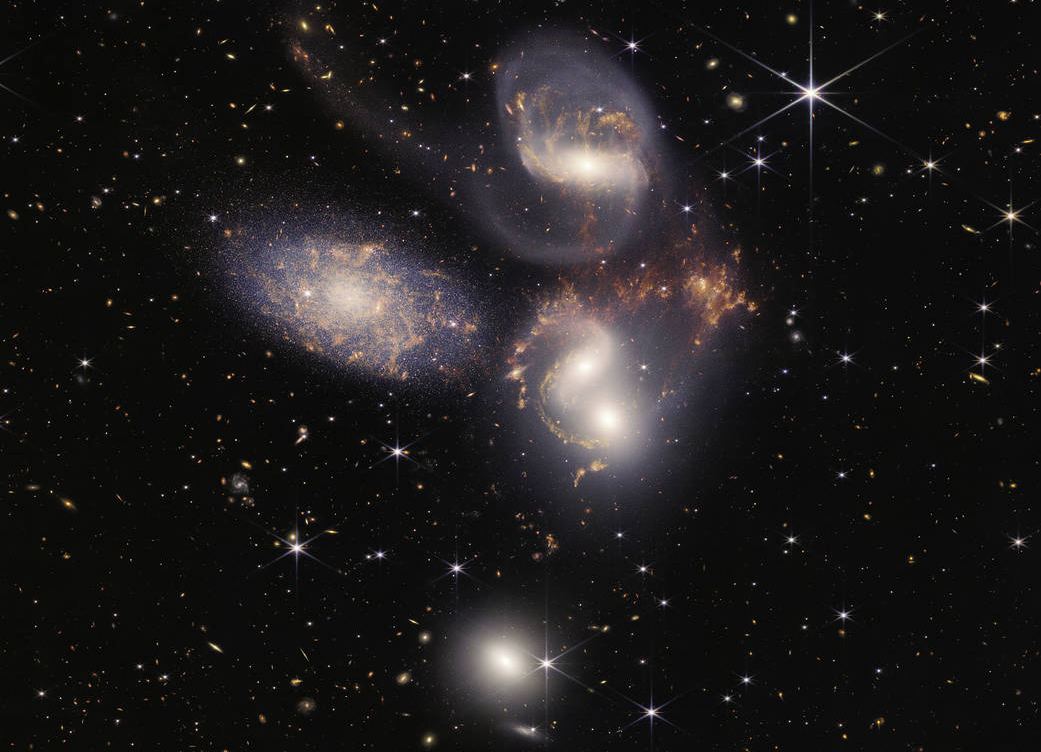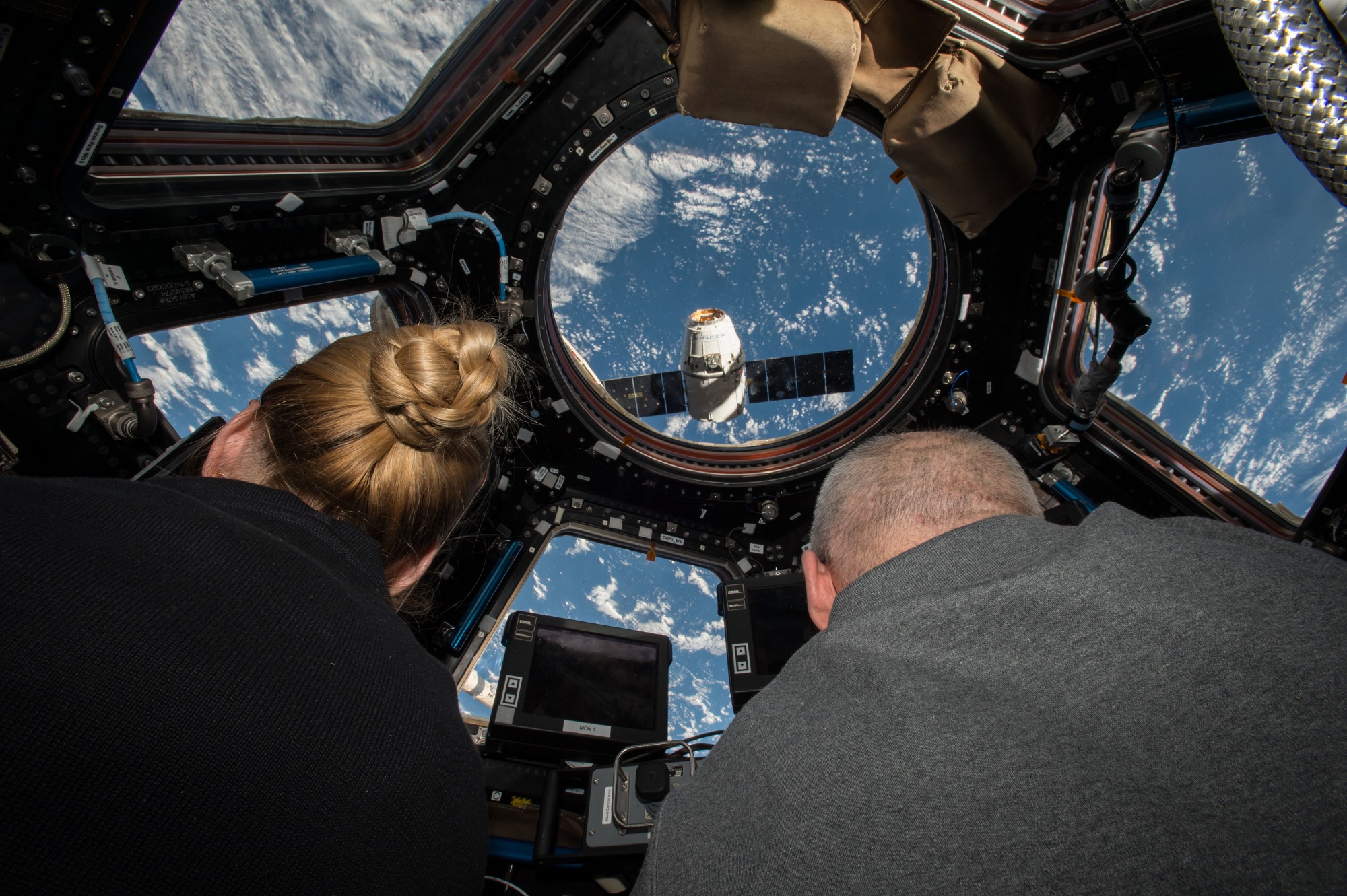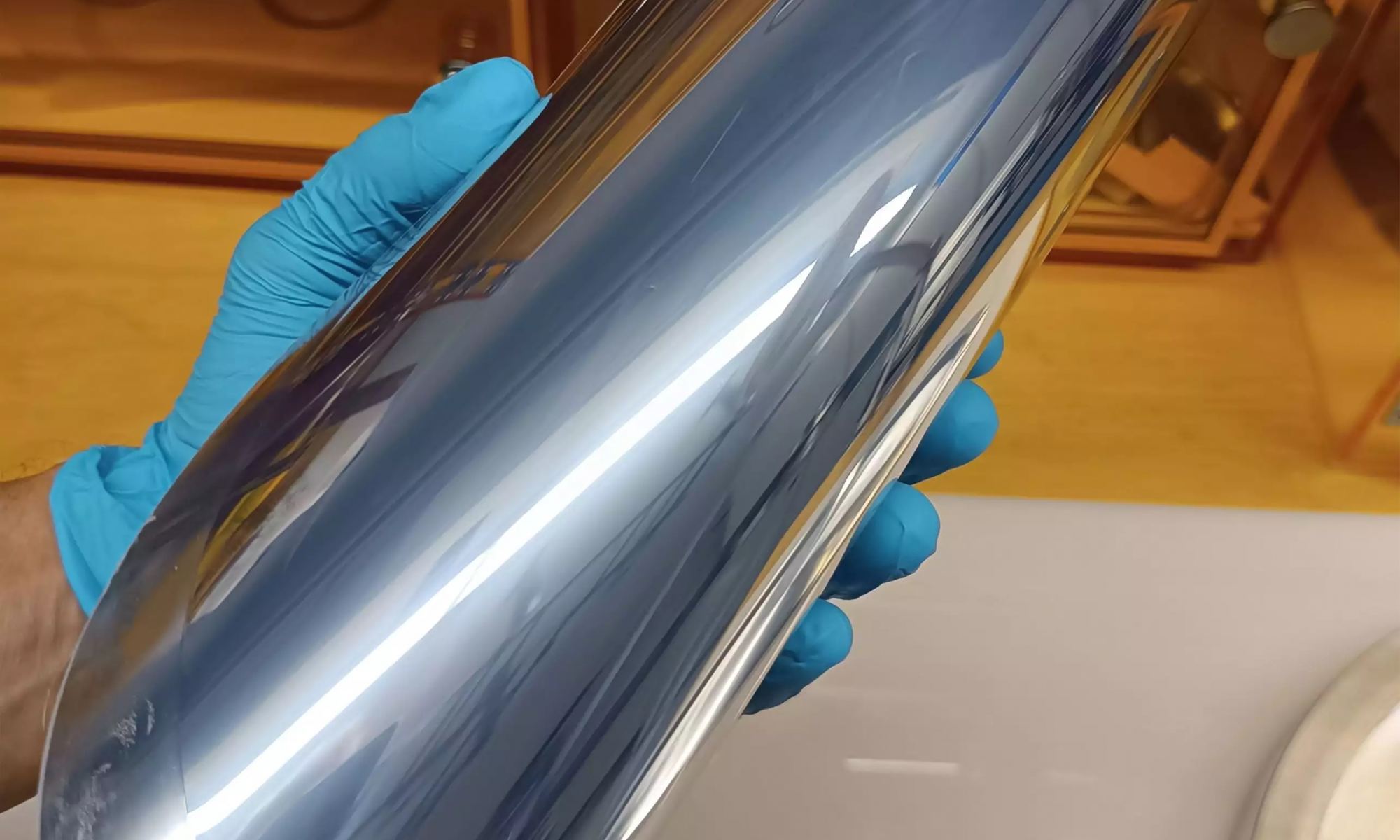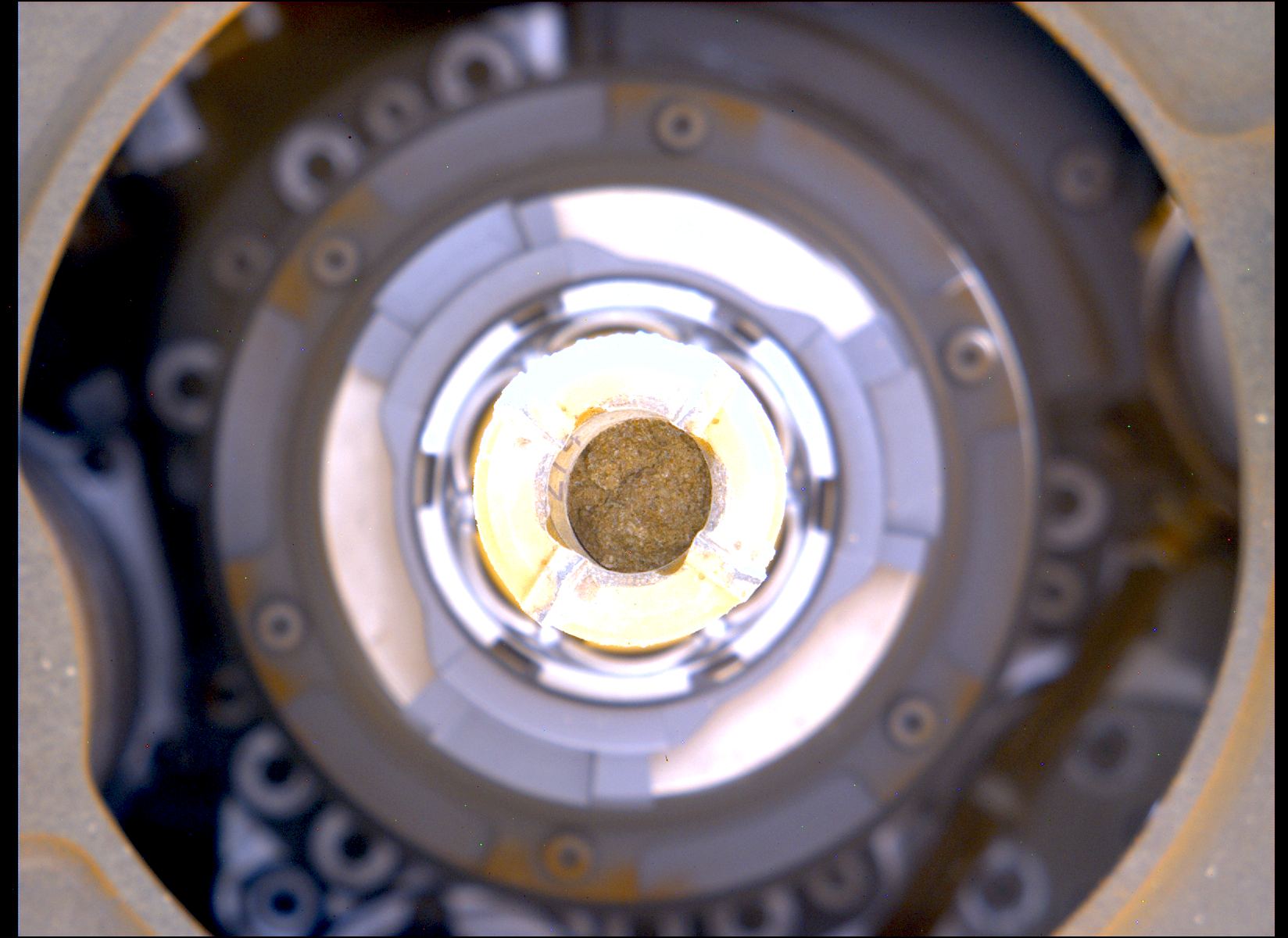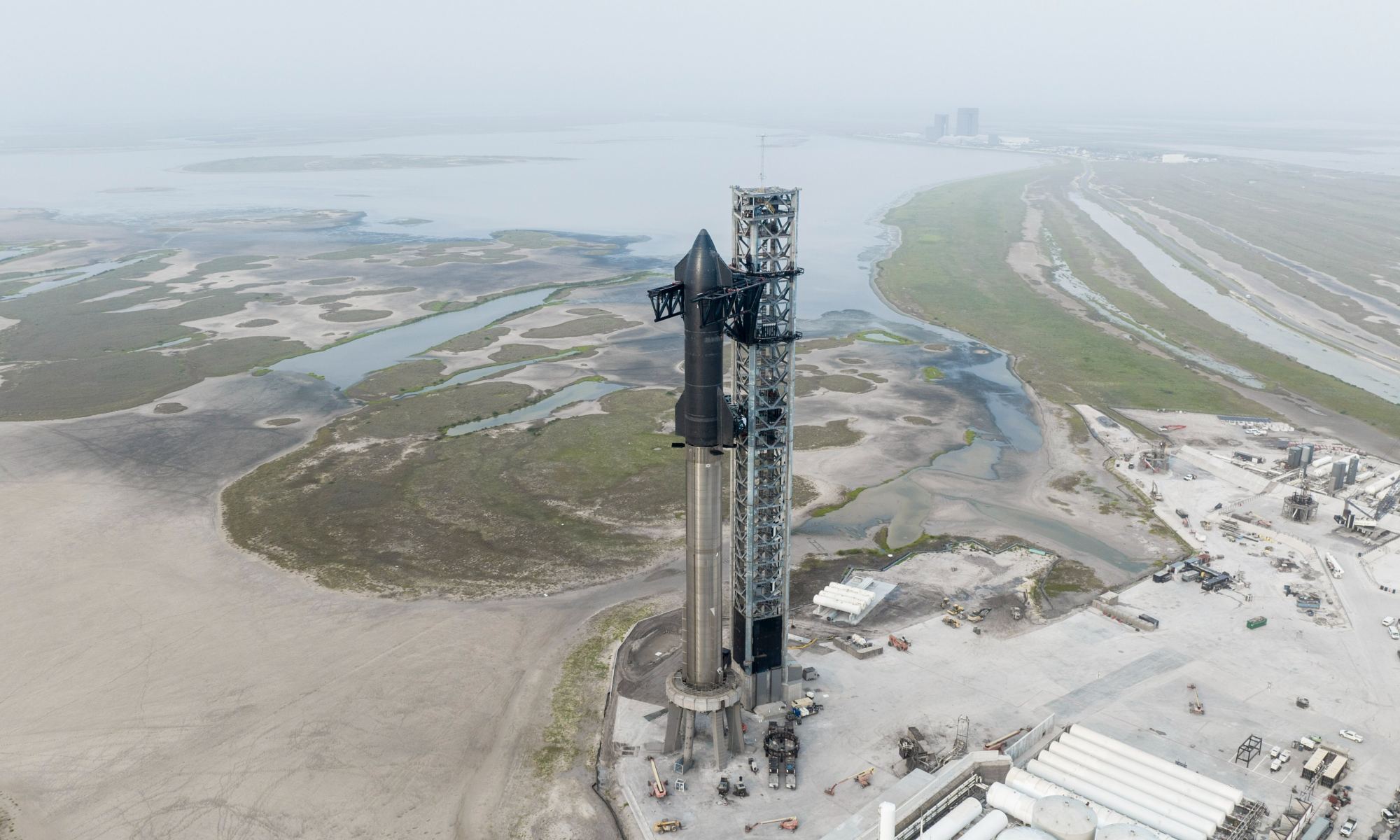NASA has a long history of crowdsourcing solutions, seeking input from the public, entrepreneurs, and citizen scientists. Currently, the agency is tasked with preparing for the long-awaited return to the Moon (the Artemis Program) and addressing the growing problem of Climate Change. The former entails all manner of requirements, from launch vehicles and human-rated spacecraft to logistical concerns and payload services. The latter calls for advances in climate science, Earth observation, and high-quality data collection.
To enlist the help of entrepreneurs in addressing these challenges, NASA’s Science Mission Directorate (SMD) has once again teamed up with the world-leading crowdsourcing platform HeroX to launch the NASA Entrepreneurs Challenge. With a total prize purse of $1,000,000, NASA is looking for ideas to develop and commercialize state-of-the-art technology and data usage that advances lunar exploration and climate science. The challenge launched on April 10th and will run until November 29th, after which the winners will be invited to a live pitch event hosted at the Defense TechConnect Innovation Summit and Expo in Washington, D.C.
Continue reading “NASA Wants New Ideas for Launching Lunar Payloads and Unlocking Climate Science!”


